A bird feeder in your yard or garden can be a great way to observe nature and learn about different bird species. You get the satisfaction of knowing that you’re providing nourishment for dozens — or even hundreds — of creatures. However, bird feeders can also attract some unwanted attention.
Bird feeders can attract rodents, insects, predators, and other wild animals to your yard. This largely depends on where you live, the type of bird feed you use, and how often you maintain your feeder.
In the rest of this article, I’ll discuss the various creatures your bird feeder may attract to your yard or garden. I’ll also suggest ways to minimize these pests and prevent them from becoming an issue so that you can enjoy your bird feeder without worry.
Rodents
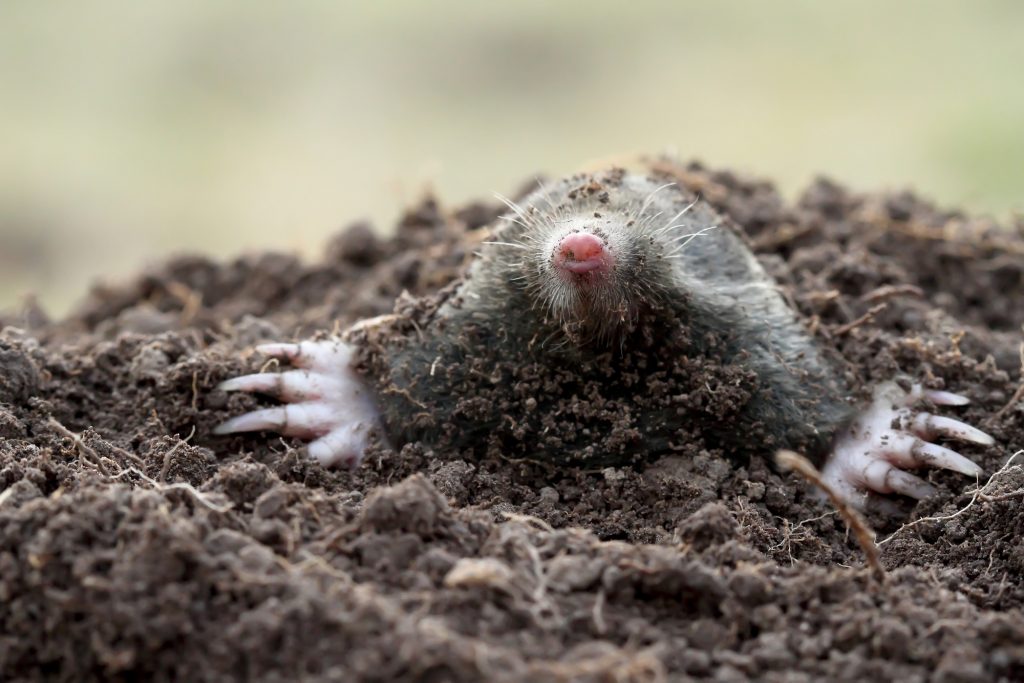
Rats
Your bird feeder may attract some rats because rats are scavengers always looking for more food, and a bird feeder is a pretty good way to get it. Rats are also attracted to moldy seeds, so you’re especially likely to see rats around your feeder if you let the food inside go bad.
To dissuade rats, you should clean your bird feeder at least once a month, but the more, the better. Bird poop and other dirt build-ups on the feeder and the food inside can go bad, inviting rats to your yard.
Mice
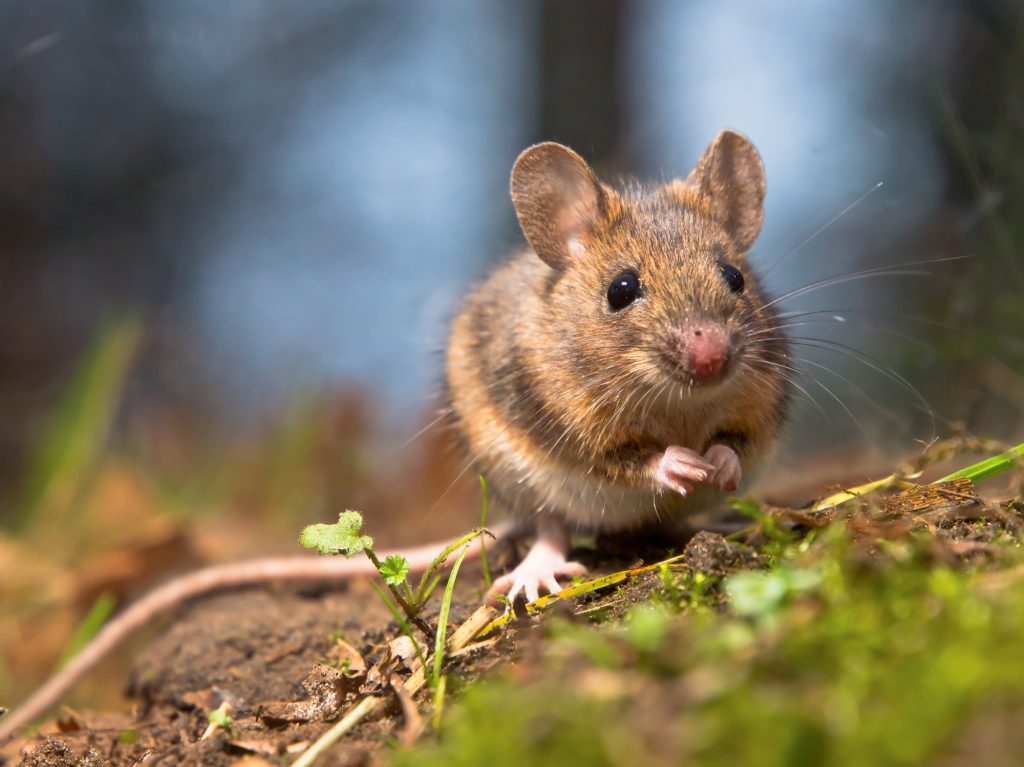
Bird feeders are a common source of attraction for mice because nuts and seeds are some of a mouse’s favorite foods. Most bird feeds are made with sunflower seeds and other ingredients that a mouse would find tasty.
Like all animals, mice are always looking for food sources, so if they sniff out your bird feed, they’ll try and eat it. Additionally, birds aren’t predators to mice, so they can get food without risking getting attacked by a predator.
One way to prevent attracting too many mice is by regularly cleaning your bird feeder and the surrounding area. When birds eat from the feeder, they often shake it, which causes seeds to fall to the ground where mice can get them.
If you keep the seeds off the ground, the mice won’t be able to smell or reach them, making them less likely to return to the bird feeder.
Moles
Moles are attracted to bird feeders because seeds and animal droppings that often surround bird feeders foster underground food sources. While moles don’t eat the birdseed itself, the presence of a bird feeder still attracts moles because of the underground activity they encourage.
To prevent moles, keep the ground surrounding your bird feeder as clean as possible. If you can, you should install a catch tray underneath your feeder to catch any food that falls when birds shake the feeder.
Insects
Ants

Ants are attracted to bird food, particularly sweet foods like nectar and fruit. Therefore, if your bird feeder has sweet and sticky foods (to attract hummingbirds or butterflies), you’re more likely to see ants in your yard as well.
The best way to prevent ants is to purchase a bird feeder with an ant moat or install an ant moat on your feeder. Ants can’t swim, so these moats are extremely effective in stopping the ants from returning to your feeder. Additionally, the birds can bathe and play in the water.
My favorite ant moat is this Ant Moat for Hummingbird Feeder from Amazon.com. These insect guards keep ants away, and the red tulip appearance attracts hummingbirds. All you need to do is fill the moat with water, attach it to your feeder, and you’re good to go!
Flies
Bird feeders do attract flies, especially if they aren’t cleaned regularly. This is because flies are attracted to animal feces, so they’ll be drawn to the clumps of bird droppings that inevitably appear on and around your bird feeder.
Therefore, to keep flies at bay, you should be cleaning your bird feeder regularly (or read our other guide about how to get rid of backyard flies). You can either take the feeder apart and put it in the dishwasher or hand wash it with soap and boiling water.
Allow the feeder to dry completely before adding more birdseed and putting it back in your yard.
Gnats
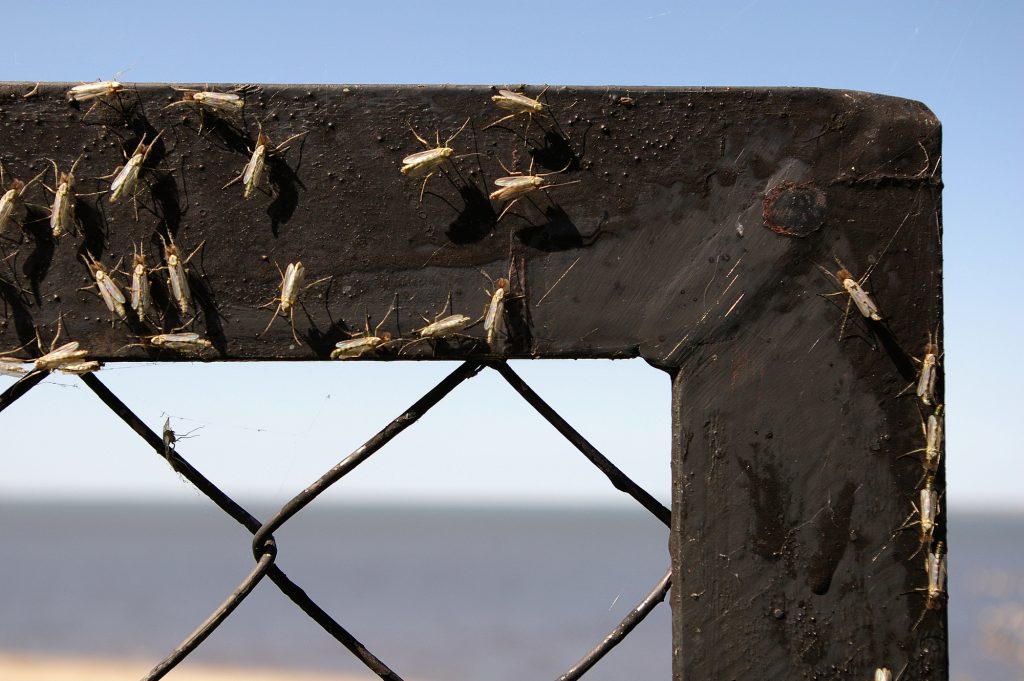
Like ants, gnats are attracted to sweet and sticky foods like nectar and fruit. Therefore, if you have a hummingbird feeder or use food that includes chunks of fruit, you’re more likely to notice these annoying little creatures buzzing around your feeder.
To prevent gnats, keep your bird feeder in an open area, away from long grass, weeds, and bushes. You should also try to keep the grass surrounding the feeder as neatly trimmed as possible.
Roaches
The seed droppings from bird feeders attract cockroaches. Roaches will eat nearly anything, including the food that falls from your feeder when birds land on it and shake it.
Like other pests, a good way to prevent roaches is to keep the area surrounding your bird feeder as clean as possible. You should pick up the fallen seeds around your feeder every day if you can.
There are also various other ways to prevent a roach infestation in your yard. Here are some ideas:
- Cover all trash cans with tight lids.
- Keep your grill clean.
- If you compost, follow proper composting practices.
- Repair leaky faucets and pipes.
- Water your lawn in the morning.
- Rake the leaves regularly.
- Store wood away from the house, and only bring it inside when you’re ready to use it.
Roaches are some of the most undesirable pests, so if you want to avoid having these beetles crawling around your yard, follow the above steps and keep the area around your bird feeder as clean as possible.
Wasps

Wasps are an invasive species that loves to hide in secluded areas like bird nests. Since a wasp sting can be very painful or even deadly if you’re allergic to them.
A species of wasp called the bird-nest wasp is one of the most common invaders of bird feeders, as its name would suggest. Unfortunately, aside from discarding a wasp-infested bird feeder or nest, there’s not much else you can do to prevent them.
It’s best to call a pest control service to have the wasps removed, as their stings can be quite nasty. If you’re brave, we wrote an article about how to keep wasps away from your patio.
Predators
Owls
Owls will not visit bird feeders for food, as they are a bird of prey and eat mice, voles, gophers, and other small rodents instead of bird seed. However, having a bird feeder may still attract owls because mice are also drawn to the feeders, and the owls will follow the mice on their hunt.
Having owls in your yard is often seen as a good thing because they help keep the rodent population under control. They are also beautiful and fascinating creatures to observe.
Bears
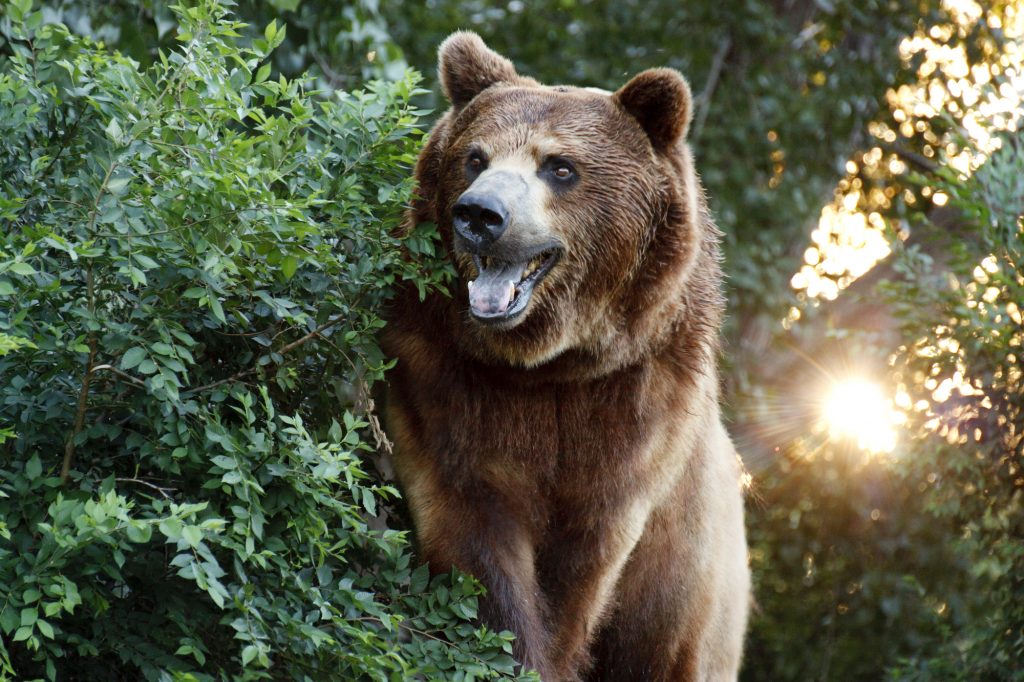
Bears love bird feeders. Bird seed is an easy source of calories for bears, and the seed is easy for them to reach, so they will often choose to eat from a bird feeder to get their protein and fat rather than forage for natural foods.
Bird feeders are involved in as much as 80% of bear problems around homes. If you live in bear country, you should only have your bird feeder out in the winter while the bears are hibernating. You can use alternative, bear-safe methods to attract birds to your yard, including bird baths and colorful gardens.
You should especially take care to put your bird feeder away in the early spring. Natural foods are lacking during this time, and bears are especially hungry as they emerge from their hibernation. You can also install an electric fence around your bird feeder to deter bears.
Opossums
Opossums are drawn to bird feeders because they eat birdseed and smaller rodents which are also attracted to bird feeders. An opossum being a regular visitor to a bird feeder can be especially troubling to bird lovers because opossums are notorious for eating bird eggs.
The best way to deter opossums from your feeder is to bring them inside at night. Opossums are nocturnal creatures, so they do most of their foraging at night. If you bring your feeder inside, an opossum will have little reason to return. This way, you can enjoy the birds during the day and keep their eggs safe from these predators.
Foxes
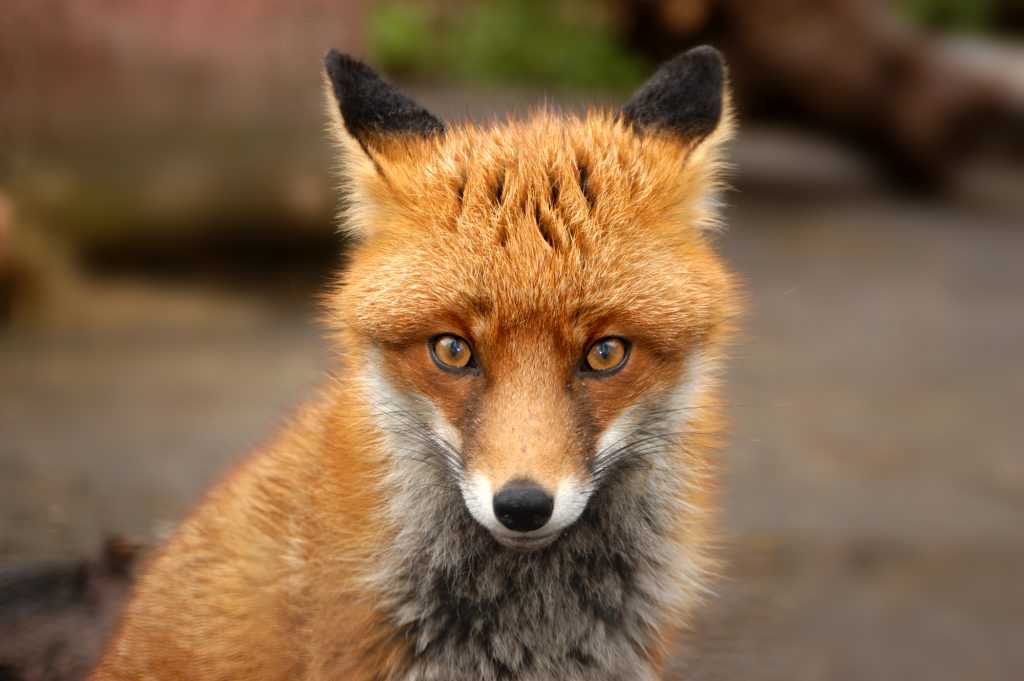
If foxes are hungry enough, they’ll eat fallen seeds from bird feeders, but foxes are mostly attracted to bird feeders if mice and rats are present in the area.
To keep foxes away from bird feeders, install a six-foot-high chain-link fence around the area and bury the fence at least twelve inches (30.48 centimeters) into the ground, as foxes are diggers. Electric fences are even more effective.
The fewer rodents around your bird feeder, the fewer foxes will want to visit. Therefore, it’s best to stay on top of any spills.
Coyotes
Coyotes aren’t usually interested in bird food, but they are interested in the rodents attracted to bird feeders, especially squirrels. Coyotes also eat birds, so the presence of birds at your feeder may draw coyotes in.
Some repellents may work for keeping coyotes out of your yard, including remotely activated lights and sound-making devices. Fencing can also deter coyotes, but the fence must be more than six feet (1.8 meters) tall.
Wild Animals
Deer
Deer are regular visitors to bird feeders, as they like to snack on the fallen seed. If they can find a way into your bird feeder, they’ll easily steal all the food, which is not only annoying but can also be expensive, as you’ll have to repeatedly refill your feeder.
Plus, their teeth can do significant damage to even the sturdiest of feeders.
Here are some ideas for how to keep deer away from bird feeders:
- Take down your feeders at night.
- Clean up any spills of seed as soon as possible.
- Position your feeder at least seven or eight feet off the ground.
- Use more bitter-tasting birdseed in your feeder.
- Install motion sensors with sprinklers, lights, or noisemakers to spook the deer off.
Snakes
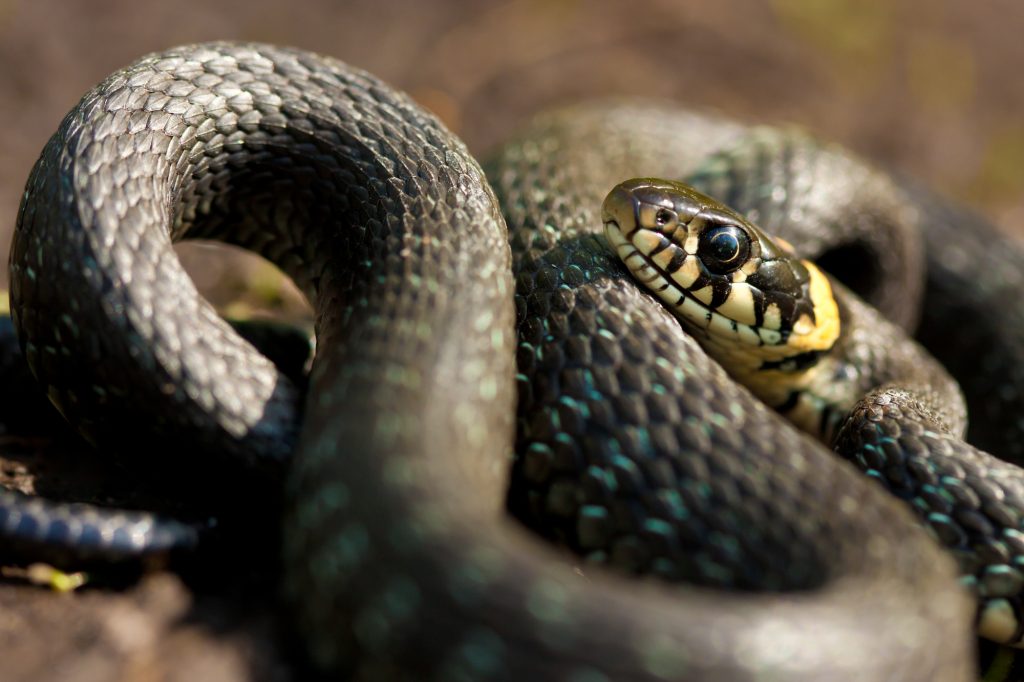
Bird feeders attract rodents and birds, which then attract snakes. Snakes won’t eat the birdseed, but they’ll be happy to eat any mice or rats gathered around the feeder. They may also hunt smaller birds.
To prevent snakes, you should keep your yard nicely trimmed. If snakes don’t have tall grasses or plants (or in-ground trampolines) to hide in, they’re less likely to return.
You can also try using a snake repellent, such as this Exterminator’s Choice Snake Defense Spray (available on Amazon.com). I like this repellent because it’s non-toxic and repels the most common types of snakes. The essential oils in this spray are highly effective and safe for the environment.
Raccoons
Raccoons eat almost anything, including birdseed, so if you have a bird feeder in your yard, you’re likely to see a raccoon poking around it every once in a while. However, because raccoons are nocturnal, they can be kept at bay.
One way to prevent these creatures is to only fill your feeder with enough food for one day. That way, the feeder is empty by nighttime when the raccoons are out and about. You can also try moving your feeder away from tall bushes and decks so it’s more difficult for the raccoons to access.
Skunks
Skunks enjoy eating birdseed, so they’ll likely be attracted to your bird feeder. You should be diligent about cleaning up any spills, and if skunks are still a problem, try bringing in the bird feeder at night.
You can also try to put your bird feeder as high as possible. If the feeder is six to eight feet (1.8 to 2.4 meters) off the ground, it will be difficult for skunks to reach, and they’ll probably get discouraged and stop returning to your yard.
Lizards
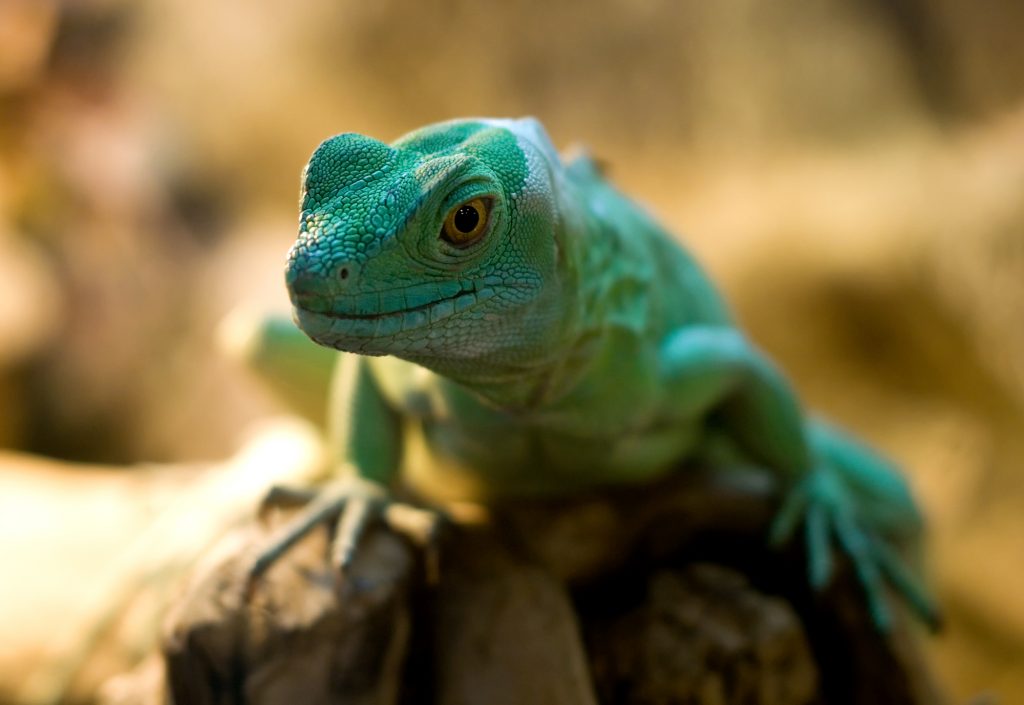
Lizards, especially the Carolina Anole, often climb hummingbird feeders to reach the nectar. They like this sticky-sweet substance because it provides minerals and vitamins that their typical insect-based diets do not provide and tastes delicious!
Typically, these lizards are too small to harm the birds. Some larger birds may even snack on the lizard!
Conclusion
Bird feeders are a great addition to any yard and a wonderful way to observe wildlife and support your surrounding ecosystem. However, installing a bird feeder in your yard may attract other creatures, including rodents, insects, predators, and other wild animals.
Sources
- Best Life: If You Have This in Your Yard, You May Be Attracting Mice to Your Home
- Metro Mole Control: How to Prevent Moles
- Lawn Love: How to Get Rid of Roaches in Your Yard
- New York State Department of Environmental Conservation: Bears and Bird Feeders
- Bird Feeder Hub: How to Keep Raccoons, Opossums, and Skunks Away From Bird Feeders
- The Spruce: Easy Tips to Keep Deer Away From Bird Feeders
- Walter Reeves: Bird-Nest Wasps

